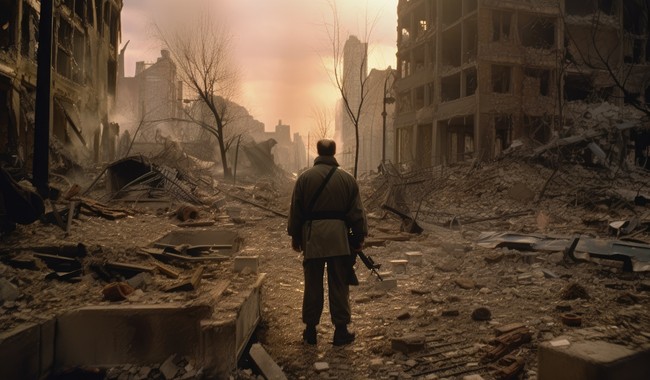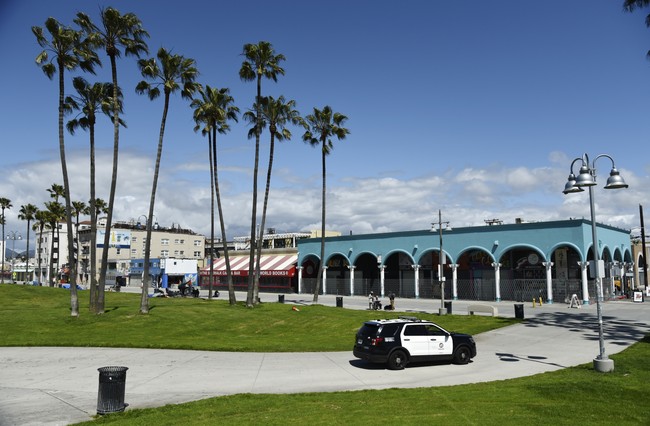
prepping.com
WAGDW 92: Nothing New #podcast #livestream #discussion
We're being hyped up for the same ol' S**T.. #survival #preparedness #prepper We at Hudson Valley Prepping and Survival believe that Preparedness is the best way to hedge your bets against an uncertain world. We provide opinions and thoughts on on current events, we offer honest reviews of Prepping and Survival related gear ,equipment and goods...We host in person events a few times a year in Upstate New York your can find our in person events here https://www.facebook.com/groups/456970601959708/?ref=share .... leave us a tip or donation if you feel compelled https://venmo.com/u/Michael-Kalb-16 Thank you so very much for your support!!! OUPES offers the most affordable solar systems on the market today!!! With up to a 3 year warranty and unmatched customer support Oupes portable power stations are unbeatable https://shareasale.com/r.cfm?b=1865808&u=4326672&m=116483&urllink=&afftrack= Nutrient Survival delivers top-shelf, delicious, Special Ops grade nutrition. It’s preparedness through nutrition. A new, essential ingredient in life’s toolkit. It is created with a purpose: to sustain the spirit of a nation. To fuel independence, determination, focus, and the power to endure any situation. Designed to the nutritional standards of the US military but intended for people like us. Made with real ingredients. Made in America. To keep Americans healthy, strong, and alert. https://alnk.to/5ufYAPX use Code HVPS at Checkout to save 10% on your purchase!! We at Hudson Valley Prepping and Survival are honored to be able to offer you high quality Antibiotics from Jace medical!! You can get your prescription Antibiotics from Board certified Physicians here http://jasemedical.com/hudsonvalley All of the Survival and Prepping gear that i have purchased and recommend from Amazon in one place!! hudsonvalleypreppingandsurvival https://www.amazon.com/shop/hudsonvalleypreppingandsurvival?ref_=cm_sw_r_apann_aipsfshop_aipsfhudsonvalleypreppingandsurvival_THG21B356XD0GSNSBWFE_1&language=en_US Grayl ....Stay tuned for coupon codes and discounts on Grayl products from Hudson Valley Prepping and Survival check out our affiliate link below to get your own Grayl products today!! https://www.avantlink.com/click.php?tt=ml&ti=861861&pw=325617 If you are interested in Hudson Valley Prepping and Survival Merchandise we list everything on teespring. You can find it here https://my-store-bea56f.creator-spring.com Check out the BEST FIRESTARTERS ON PLANET EARTH ? from our Sponsor www.mickwickfires.com Thank you for your support! Mike from Hudson Valley Prepping and Survival Disclaimer ...some of the links above are affiliate links and I may receive some form of compensation from them

















